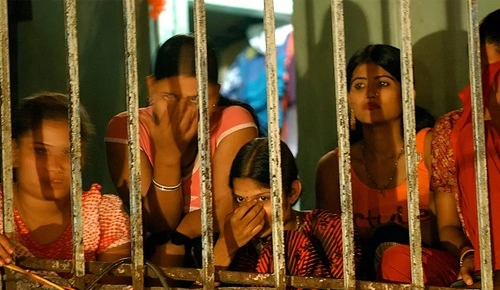India is known for its saints and philosophical values that have been transforming mankind and helping people to be better versions of themselves. Many different saints emerged in different time periods in our country and many people have followed their ideologies and became their keen disciples. Here are the top ten famous saints of all times from India whose thinking and ideologies have been deemed to be fit for all times.
1. Ramanuja:
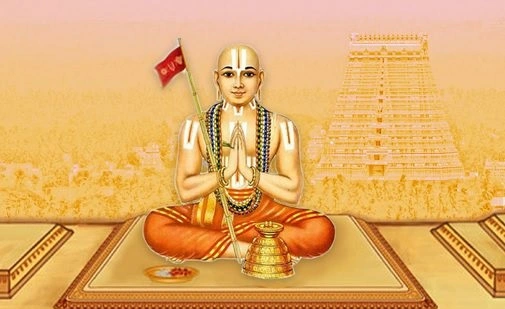
Ramanuja is known as one of the earliest components of the Bhakti movement, and is known as one of the greatest successors of his guru, yamunamuni. This saint has travelled all over the country and has ultimately settled down in the small city of Srirangam in Tamilnadu. He is known to have established Vaishnavism on a solid foundation. He was known to have founded the Visistadvaita Siddhanta and has also qualified for monism. According to his principles, the only way to salvation is through the principles of Karma, Bhakti and Gyan. He is also known to have written the Gitbhasya and Sribasya.
2. Chaitanya:
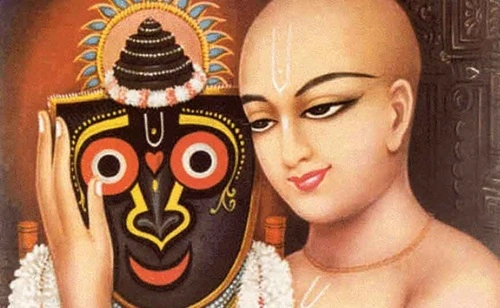
Chaitanya was one of the greatest saints of the Bhakti movement. He was born in Nawadwip in Bengal and was originally known as Vishwambhar Mishra. He is one of the greatest saints who was responsible for spreading Vaishnaviwm in Bengal and became famous with the help of his Kirtans. He was also known to have started the School of theology in Bengal and has also preached the religion of intense faith lies with Hari. This great saint adored Lord Krishna and Radha and also attempted to spiritualize their lives in the holy city of Vrindavan. He died in Puri, where he settled permanently, and after his death, his followers also systematized his teachings, and he also wrote his biography, named Chaitanya Charitamrita.
3. Shirdi Sai Baba
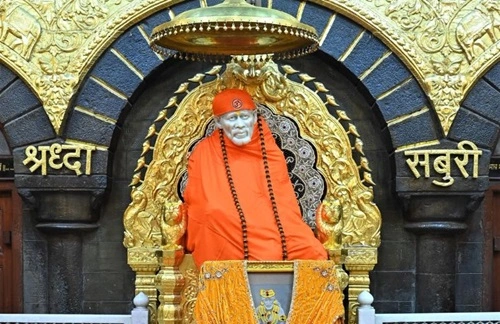
Sai Baba of Shirdi was an Indian spiritual master and saint revered by both Muslim and Hindu devotees. From the accounts of his life, we could see that he preached the importance of the realization of the self and also severely criticized the love of humans towards perishable things. All of his teachings and preachings concentrated on forgiveness, love for others, helping others, inner peace, contentment and devotion towards God. He adversely condemned discrimination on the basis of caste and religion. His devotees consider him to be the incarnation of the Hindu Deity Dattatreya.
4. Tulsidas:
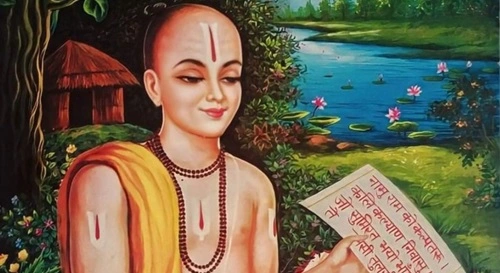
Tulsidas was a Vaishnava Saint and poet and has completely devoted himself to deity Rama. He is known for writing a number of works in Sanskrit, and his best-authored work is Hanuman Chalisa. Tulsidas spent the majority of his life in the cities of Banaras and Ayodhya. He founded the Sankat Mochan Hanuman Temple in Varanasi, which is said to be located where he first saw the deity. Tulsidas founded the Ramlila Plays, a folk theatre rendition of the Ramayana. He is recognized as one of the best poets in Hindi, Indian, and international literature. Tulsidas and his works have had a wide-ranging impact on Indian art, culture, and society, as seen by the vernacular language today.
5. Surdas:
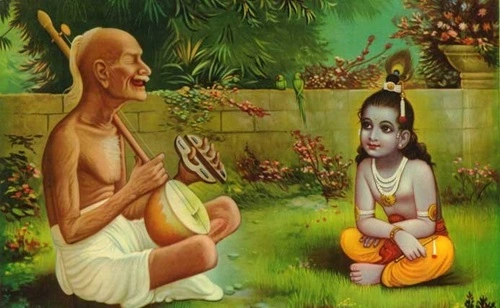
Surdas was a 16th-century blind Hindu devotional poet and vocalist, well remembered for his writings in adoration of Krishna. His compositions expressed his devotion to Krishna. The majority of his poems were written in Braj, with a few published in other medieval Hindi dialects, such as Awadhi. His biography is generally told via the lens of the Vallabha Sampradaya, also known as the Puṣṭimārga. The Puṣṭimarga considers Puṣṭimarga ritual singing-worship relies heavily on Surdas and other Aṣṭachap poets’ work. Modern academics examine the relationship between Surdas and Vallabha.
6. Kabir:
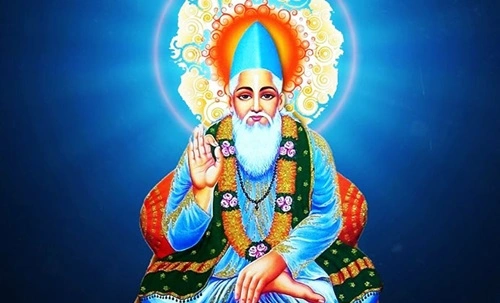
Born near Benaras, he lived the ordinary life of a householder. His purpose as a Ramananda follower was to spread a religion of love that would unify people of all castes and creeds. He highlighted the unity of God, whom he refers to by numerous names, including Rama, Hari, and Allah. He vehemently condemned Hindu and Muslim practices. He passionately criticized the caste system, particularly the practice of untouchability. However, he was not a social reformer; rather, he emphasized individual improvement under the tutelage of a spiritual guru. His dohas and sakhi poems are preserved in the Bijak. Following Kabir’s death, his Muslim disciples organized themselves in Maghar, while Surat Gopala organized the Hindu disciples into an organization centred in Banaras.
7. Ramakrishna Paramahansa
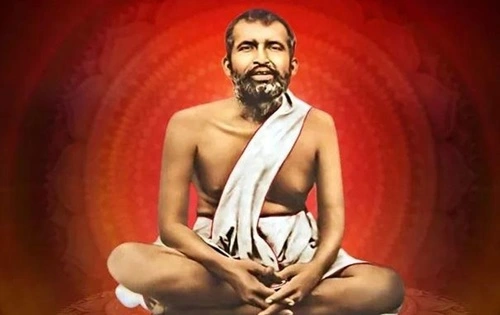
Shri Ramakrishna Paramahansa was born on February 18, 1836, in the little village of Kamarpukur, many miles from Kolkata, to a poor Brahmin family. Gadadhar, his boyhood name, was popular among the peasants. He is widely regarded as the best saint of the nineteenth century. He was a master mystic and a real yogi. He worshipped the goddess Kali and considered himself to be a modern-day avatar of Lord Vishnu, but he never announced this.
8. Guru Nanak
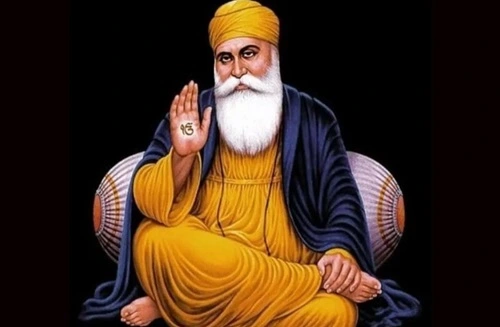
Sri Guru Nanak Dev Ji was the first guru of Sikhism, which is considered to be a monotheistic religion with both Muslim and Hindu roots. His teachings, reflected in devotional hymns, many of which still exist, emphasized deliverance from reincarnation by meditation on the divine name. He is especially revered among modern Sikhs as the inventor and greatest master of Punjabi devotional hymnody.
9. Guru Gobind Singh
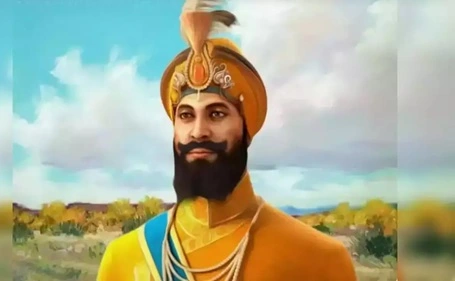
Guru Gobind Singh was the ninth and final human Sikh Guru. He was a warrior, poet, and philosopher. After Emperor Aurangzeb executed his father, Guru Tegh Bahadur, he was formally installed as the leader of the Sikhs in 1675 at the age of nine. Among his noteworthy contributions to Sikhism were the establishment of the Sikh warrior group known as Khalsa in 1699 and the introduction of the Five Ks, the five articles of faith worn by Khalsa Sikhs at all times.
10. Mahavira
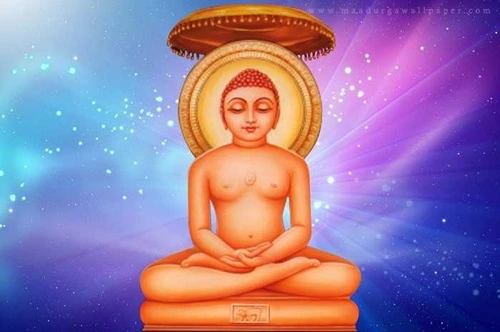
Mahavira was the founder of Jainism and the 24th Tirthankara (Supreme Teacher). He was the spiritual successor to the 23rd Tirthankara, Parshvanatha. Mahavira was born in the early sixth century BCE into a royal Jain family from ancient India. His parents’ names were Trishala and Siddhartha. They were lay devotees of Parshvanatha. At the age of roughly 30, Mahavira abandoned all worldly things and left home in search of spiritual awakening, eventually becoming an ascetic. Mahavira endured deep meditation and severe austerities for twelve and a half years before achieving Kevala Jnana (omniscience).
The Indian subcontinent has seen a number of saints apart from this list which has contributed to her indigenous history and remarkable teachings to mankind. All of the saints preach on humanity, and their postulates contribute to the betterment of society.
